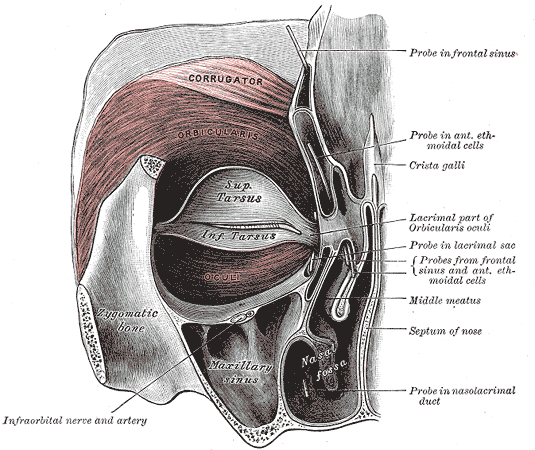
Introduction
Botox is the brand name of a toxin produced by the bacterium Clostridium botulinum. In large amounts, this toxin can cause botulism, which you probably associate with food poisoning. Despite the fact that one of the most serious complications of botulism is paralysis, scientists have discovered a way to use it to human advantage. Small, diluted amounts can be directly injected into specific muscles causing controlled weakening of the muscles.
The FDA approved such usage in the late 1980s upon the discovery that Botox could stop ailments like blepharospasm (uncontrolled blinking) and strabismus (lazy eye). Cosmetic physicians have been using Botox for years to successfully treat wrinkles and facial creases. In April 2002, Botox gained FDA approval for treatment of moderate-to-severe frown lines between the eyebrows - called glabellar lines. However, Botox is often used for other areas of the face as well.
Botox blocks signals from the nerves to the muscles. The injected muscle can no longer contract, which causes the wrinkles to relax and soften.
It is most often used on forehead lines, crow's feet (lines around the eye) and frown lines. Wrinkles caused by sun damage and gravity will not respond to Botox.
How Is the Procedure Performed?
The procedure takes only a few minutes and no anesthesia is required. Botox is injected with a fine needle into specific muscles with only minor discomfort. It generally takes three to seven days to take full effect and it is best to avoid alcohol at least one week prior to treatment. Aspirin and anti-inflammatory medications should be stopped two weeks before treatment as well in order to reduce bruisingHow Long Does a Botox Injection Last?
The effects from Botox will last four to six months. As muscle action gradually returns, the lines and wrinkles begin to re-appear and wrinkles need to be re-treated. The lines and wrinkles often appear less severe with time because the muscles are being trained to relax.
What Are the Side Effects of Botox?
Temporary bruising is the most common side effect. Headaches, which resolve in 24-48 hours, can occur, but this is rare. A small percentage of patients may develop eyelid drooping. This usually resolves in three weeks. This development is usually caused by migration of the Botox and for this reason, you shouldn't rub the treated area for 12 hours after injection or lay down for three to four hours. There have been no allergies associated with Botox to date.

Who Should Not Receive Botox Injection?
Patients who are pregnant, breastfeeding or have a neurological disease should not use Botox. Since Botox doesn't work for all wrinkles, a consultation with a doctor is recommended.
Insurance coverage varies for Botox injections, depending largely on the medical necessity of your condition. Botox is not generally covered by insurance when used for cosmetic purposes. Check with your insurance carrier for coverage details.
Reviewed by the doctors at The Cleveland Clinic, Department of Dermatology
Edited by Charlotte E. Grayson, MD, Sept. 2003.
Portions of this page © The Cleveland Clinic 2000-2003
sourceLast Editorial Review: 2/8/2005
|
Bookmark this post:
|
|

0 comments
Post a Comment